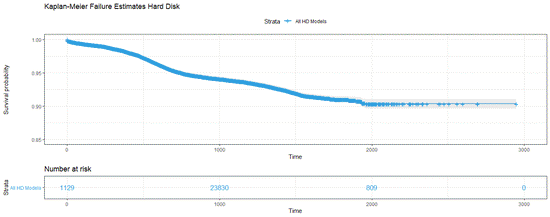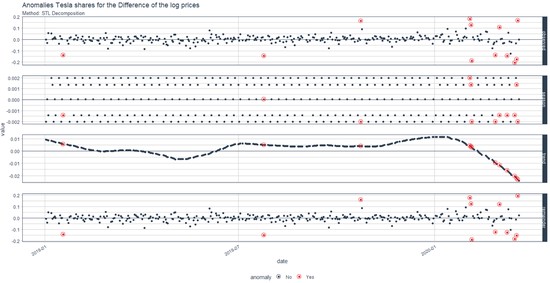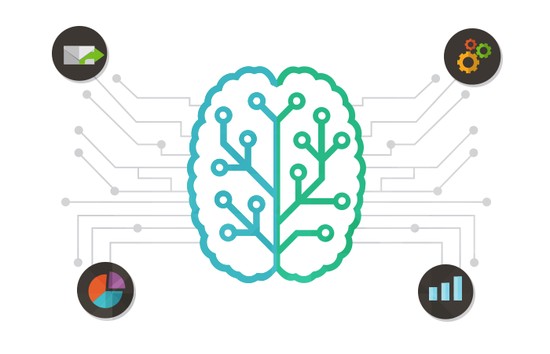Cesar Conejo Villalobos
Graduate Student/Data Scientist
Biography
Hello! I am Cesar Conejo Villalobos. I have a major in Actuarial Sciences from the University of Costa Rica and a master’s degree in Statistics for Data Science at Carlos III University of Madrid, Spain. Additionally, I have five and a half years of experience in the bank and finance industry. Along this path, I have learned and applied different back-end and front-end data science techniques, especially in data storage infrastructure, data analysis, and machine learning algorithms focused on fraud detection, financial customer segmentation and attrition using SQL and R.
I am also a history and philosophy lover, a passion I try to mix with data science. The most helpful thing that I have learned from history is that it is not much use to make predictions and calculations in the medium and long term. The world always goes on its own business! In the end, things and situations that are unpredictable or very difficult to occur can appear, resulting in the analysis being out of date. So, What can we do in this world of chaos? In my case, I consider that the best thing we can do is quantify the uncertainty with probability. =)
Interests
- Machine Learning.
- Statistical Learning.
- Causal Inference.
- Operational Research.
- Reproducible workflows.
- Data democratization.
- Coffee.
Education
-
M.S. Statistics for Data Science, 2021
Carlos III University of Madrid
-
B.S. in Actuarial Sciences, 2014
University of Costa Rica




